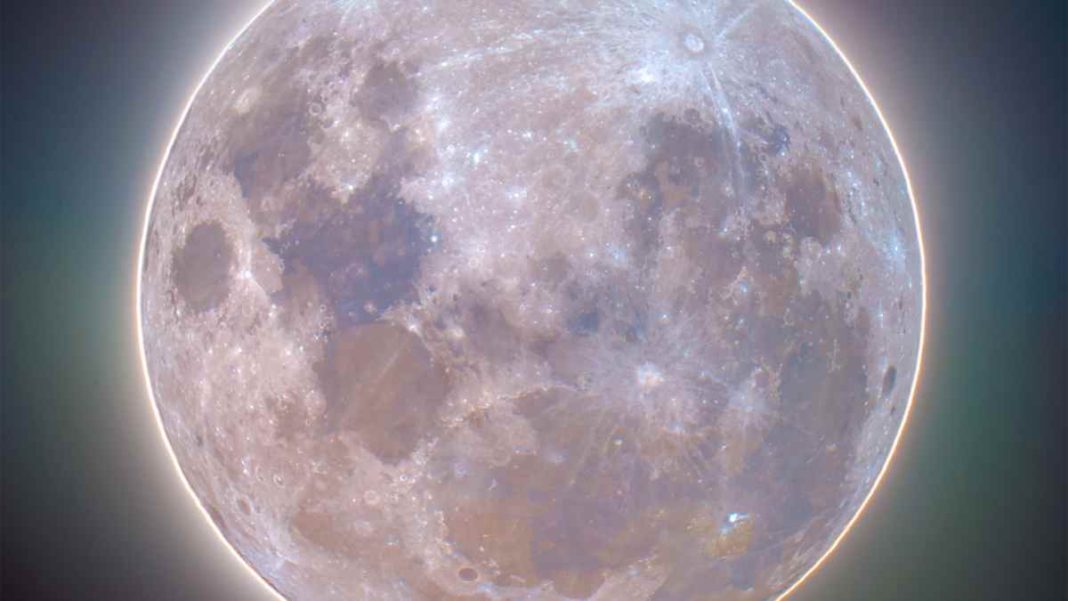INDIA: In a celestial spectacle that is set to enchant skywatchers and astronomers alike, August is gearing up to host a major event as not one but two supermoons are expected to grace the night skies.
This rare occurrence will offer a breathtaking display as the Moon appears larger and brighter than usual, providing a unique opportunity for astronomers to study its surface with greater clarity.
What is a supermoon, you may ask? A supermoon is an extraordinary celestial event in which the Moon’s apparent size in the sky appears significantly larger and brighter compared to a regular full moon. This amazing occurrence takes place when a full or new moon aligns with its perigee, or closest point to Earth, in its somewhat eccentric orbit.
The Moon’s orbit around our planet is not a perfect circle, which results in variations in its distance from Earth throughout its orbital journey. At its farthest point from Earth, known as apogee, the Moon is about 405,000 kilometers away.
In contrast, during the perigee, it draws as close as approximately 363,104 kilometers. This difference of about 27,000 miles (42,000 kilometers) plays a crucial role in creating the visual spectacle of a supermoon.
The Moon’s apparent size in the sky can be up to 14% larger and 30% brighter than a typical full moon during the upcoming pair of supermoons in August. The supermoon gives off the captivating appearance that it is getting closer to Earth as it rises on the horizon, looking substantially larger than usual.
The first of these remarkable supermoons is set to grace the night sky on Tuesday evening, appearing larger and brighter due to its proximity to Earth, at just 357,530 kilometers away. On the night of August 30, there will be a blue moon, the second supermoon.
This lunar spectacle will be even closer to Earth, at an astonishingly mere distance of approximately 357,344 kilometers. The term ‘blue moon’ refers to the occurrence of two full moons within the same calendar month, an event that is considered quite rare.
According to the expert insights of Italian astronomer Gianluca Masi, founder of the esteemed Virtual Telescope Project, the last time two full supermoons graced the skies within a single month was back in 2018.
An occurrence like this is not expected until 2037, making it a once-in-a-decade opportunity for avid skywatchers to revel in the celestial marvel. For astronomers and enthusiasts keen on witnessing this captivating event, clear skies are essential to fully appreciate the splendor of the supermoons.
The use of binoculars or backyard telescopes can further enhance the experience, revealing intricate lunar features such as lunar maria, dark plains formed by ancient volcanic lava flows, and rays emanating from lunar craters.
The August full moon, traditionally known as the sturgeon moon, will be an exceptional spectacle this year, illuminating the night sky with its supermoon status.
The enhanced brightness and increased surface visibility of the Moon during these supermoons offer a golden opportunity for scientists and researchers to delve deeper into the Moon’s topography, geological features, and impact craters.
As the world anticipates the enchanting show that nature has in store for us, Gianluca Masi plans to provide a live webcast of the first supermoon rising over the Colosseum in Rome, enabling viewers worldwide to partake in the awe-inspiring event.
So mark your calendars and prepare to witness the grandeur of not just one but two supermoons in August. As we gaze upward, let us marvel at the beauty of our celestial companion and the wonders of the cosmos.
Also Read: SpaceX Unveils Impressive Deluge System Test to Cool Launch Heat



